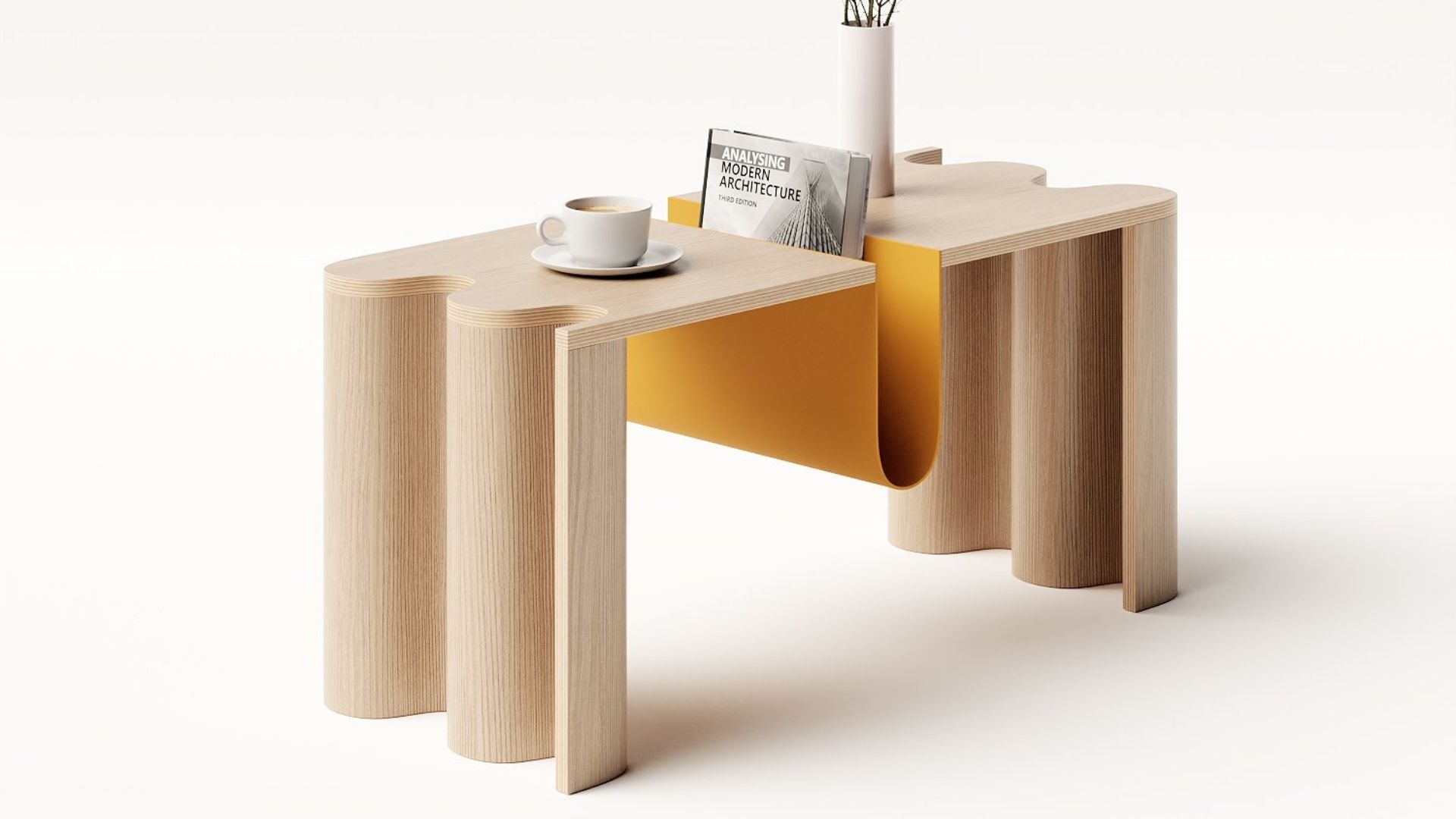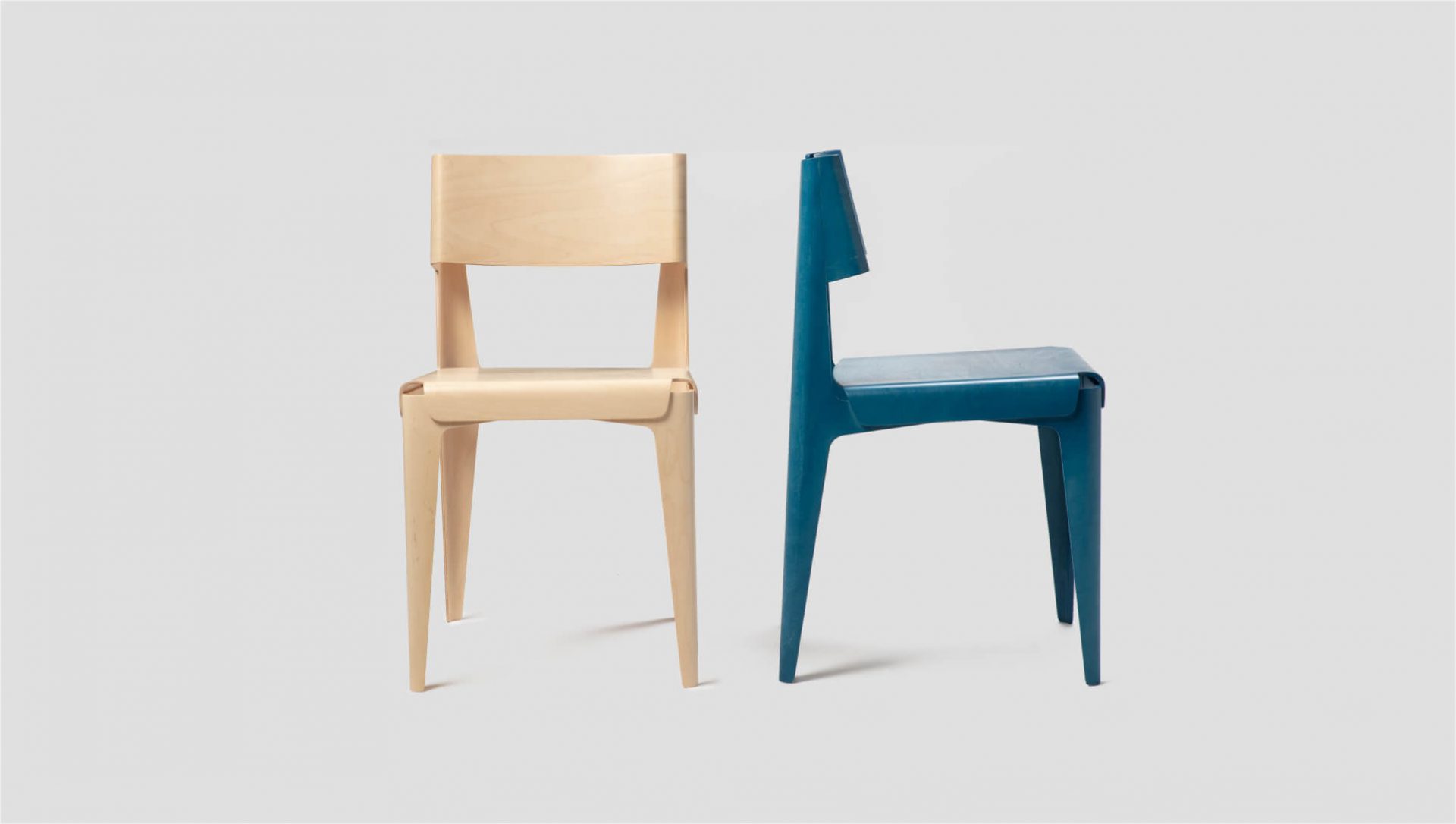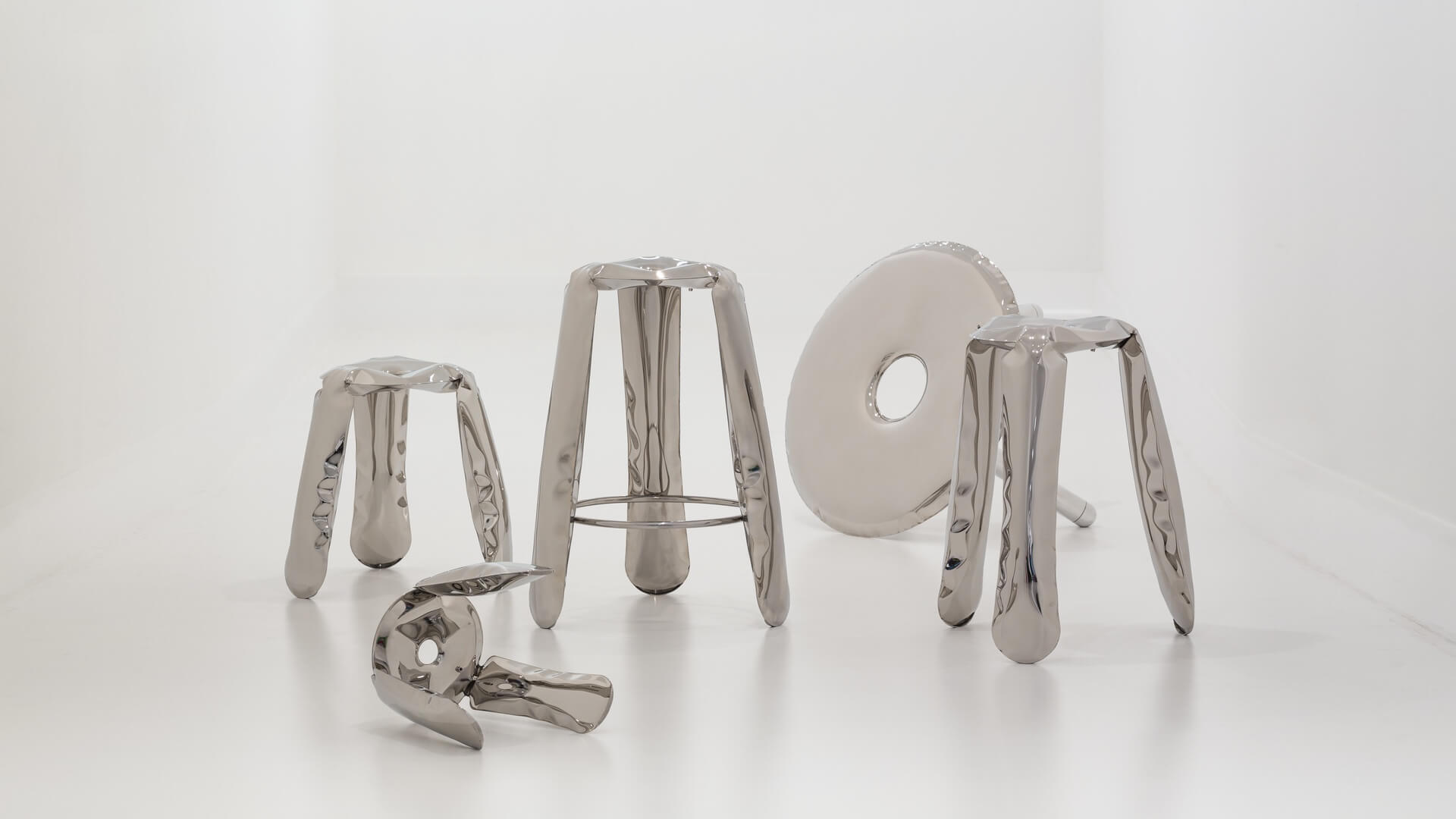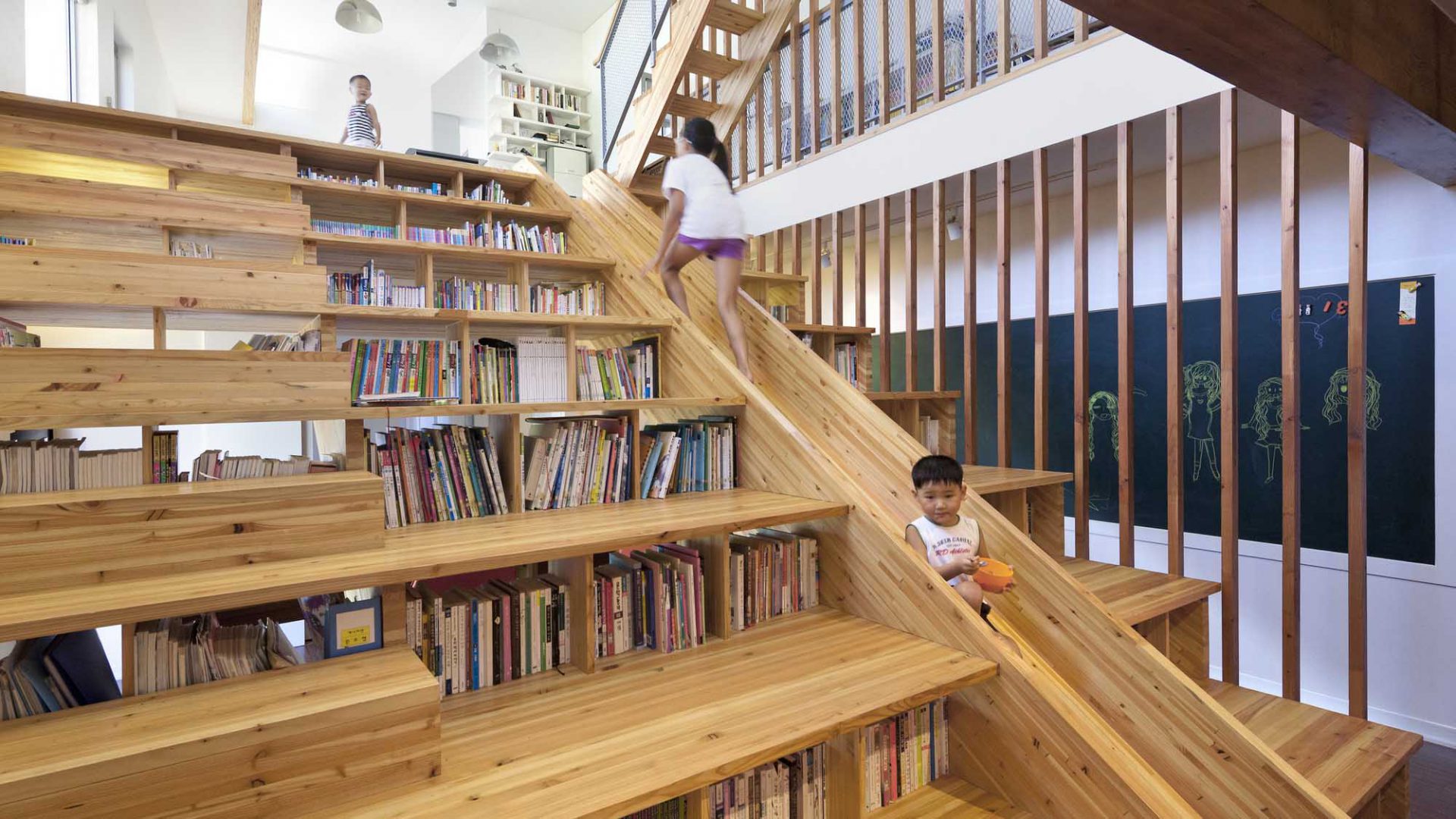NOOGI was born with a mission to redefine the concept of chairs
An innovative ergonomic chair that merges stylish design with unique functionalities, created to combat back pain caused by sitting and to encourage proper posture for a healthier life.
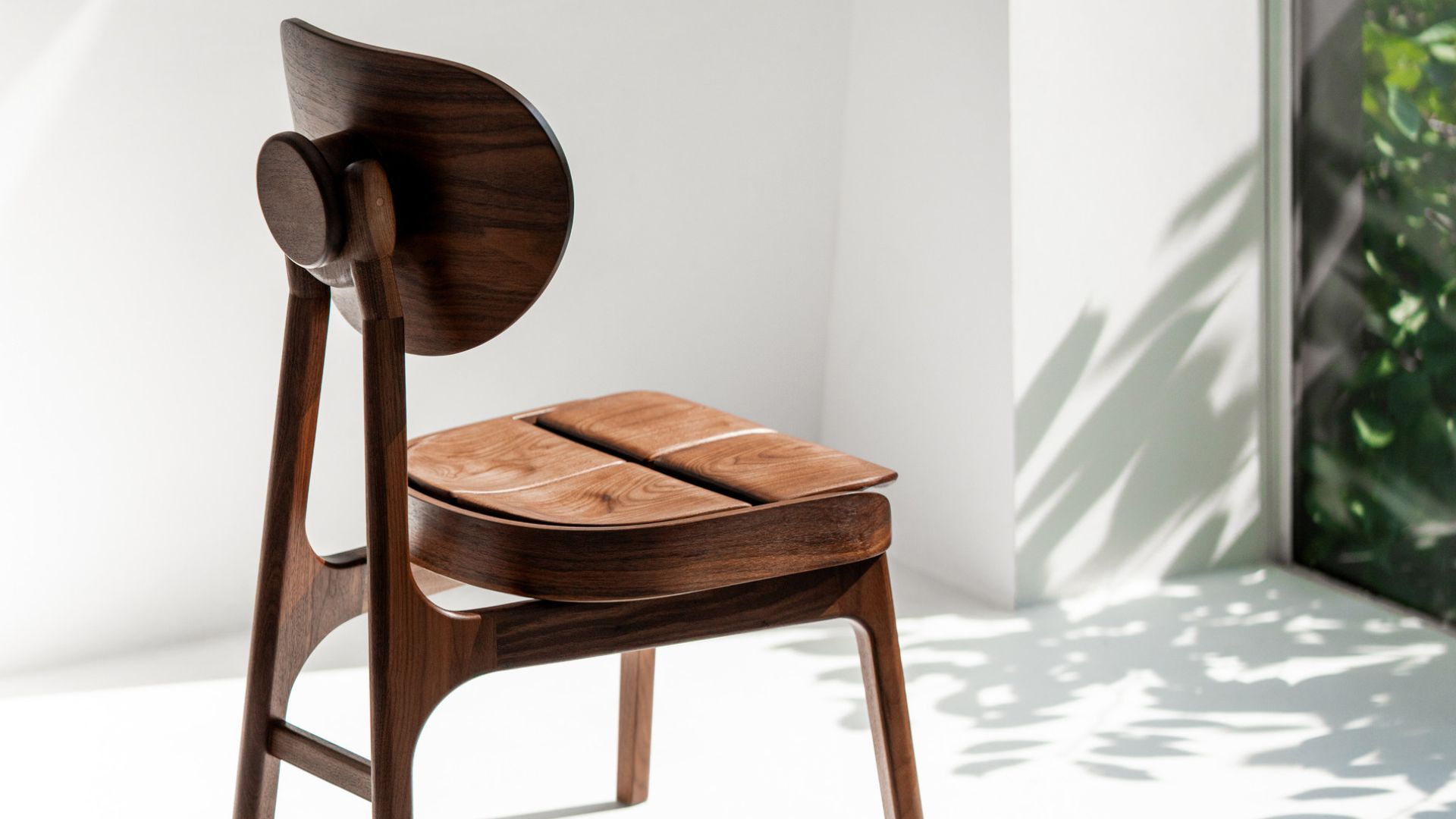
The design world teems with chairs and lighting, typically the first physical manifestations of creative visions. Despite the plethora of options, pinpointing unmet needs in a seemingly settled domain can be challenging. However, NOOGi stands out—an innovative Made in Korea initiative born from the personal journey of its founder, it represents a distinct breakthrough.
Chairs are an integral part of our daily lives, whether at home, in the office, or on public transportation, and we all have encountered varying degrees of comfort. But how often do we reflect on the impact a chair has on our health? The story behind NOOGI sheds light on this aspect. Driven by medical insights and extensive data, Chanwook Park, the CEO, has crafted what he considers the perfect chair.

Captivated by what I learned from their website, I was compelled to delve deeper and interview Chanwook. While I’m particularly drawn to interviews for their ability to provide direct insights and details not easily found elsewhere, I was especially intrigued by his use of wood—a simple material—where design crucially enhances functionality. This exemplifies the enduring potential for learning and innovation, highlighting how a focused understanding of market needs and consumer desires can lead to unexpected advancements in product design.
What is the story behind NOOGI? How and why did the project begin?
Chanwook Park:
“In 2013, while studying in Brussels as an exchange student, my life took an unexpected turn. Seemingly out of nowhere, excruciating back pain disrupted my daily activities. Despite multiple MRI scans revealing a clean spine, the pain persisted and worsened during my service in the Korean military. It was eventually diagnosed as Ankylosing Spondylitis, a debilitating rheumatic disease affecting the pelvis and spine, which explained why conventional scans initially missed the root cause.
For six long years, from 2013 to 2019, I struggled with this condition, confined mostly to a bed and unable to enjoy simple pleasures like dining with friends or working without discomfort. The financial burden of approximately $20,000 annually for medical care added to the challenges I faced. Then, a friend’s suggestion sparked a revelation: why not channel my firsthand experience into creating solutions for others suffering from similar issues?
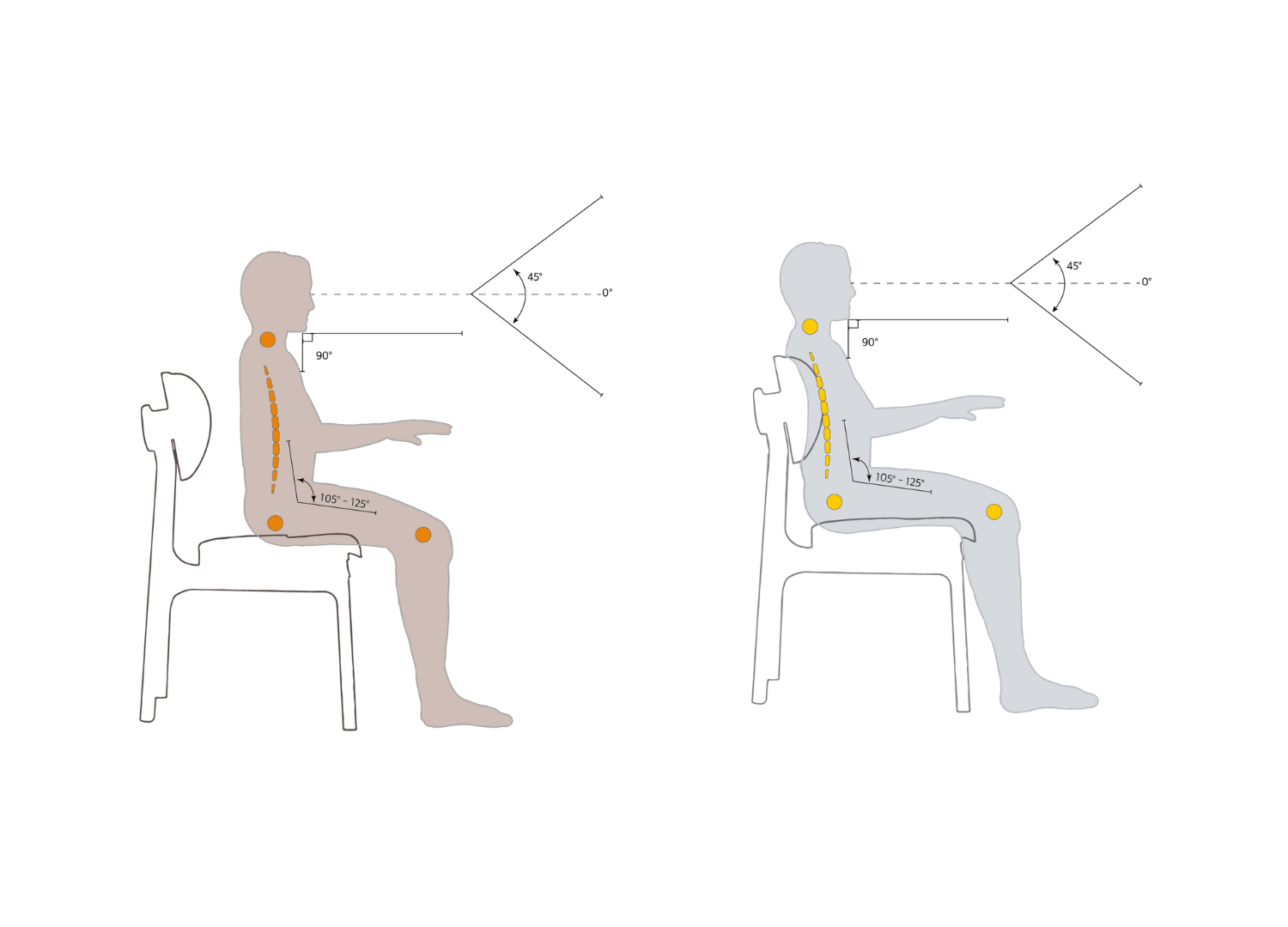
Recognizing that sitting was the epicenter of most activities—eating, working, commuting—I realized that chairs, often overlooked as a mere piece of furniture, could be pivotal in transforming lives as a healthcare product. Year after year, I witnessed a growing number of young people seeking medical attention for back problems caused by poor posture exacerbated by inadequate chair designs. The divide between aesthetically pleasing chairs and ergonomically sound office chairs prompted me to challenge the status quo. My conviction grew stronger: if a chair contributes to discomfort and pain, it’s a structural problem that demands a solution.
Thus, NOOGI was born with a mission to redefine the concept of chairs. We aimed to create ergonomic masterpieces that blend functionality with aesthetics, addressing the root causes of discomfort. Drawing from my personal journey, I meticulously noted every nuance of comfort and pain while seated, leveraging my business background to delve into chair mechanics and 3D modeling (Rhino). This journey led me to apply for a patent in Korea in 2018, marking a pivotal step towards realizing my vision.”
Can you describe the design process that led to the creation of the ‘perfect’ NOOGI chair? What challenges did you face along the way?
Chanwook Park:
“Our first ergonomic chair, named “Tritzoi,” is a fusion of the words “Triple” and “Trapezoid.” This name reflects our emphasis on the importance of body balance, inspired by the trapezoidal shape extending from the pelvis to the legs, which is central to our body’s core. NOOGI incorporated three trapezoidal shapes into the chair’s design—on the back, seat panels, and legs—the most critical components. Recognizing that the human body is naturally rounded and curved, we tailored these shapes with varying degrees of curvature to align with each part.

We prioritize whole-body balance rather than focusing solely on the spine or neck. Our body comprises a complex network of muscles, nerves, and ligaments extending from the feet to the head. Consequently, our design ensures optimal balance regardless of your posture, whether leaning or sitting upright. The most challenging endeavor was to pioneer a new path.
In 2016, when integrating ergonomic technology into regular chairs was uncommon, NOOGI aimed to create a special chair that would remain comfortable even after long periods of sitting. However, in the early stages of the business, even without a prototype, it was not easy to share NOOGI’s vision with people. This was because the design and correction methods were unprecedented. People often asked, “Is it really necessary to go that far?” Each time, I responded, “If I’m not satisfied with the chair, others will also find it uncomfortable.” This is because people who experience pain in their back or neck face discomforts that ordinary people do not recognize.
NOOGI’s goal was to satisfy both design and ergonomic technology. Creating the ideal chair that everyone dreams of seemed as difficult as picking stars from the sky. Nevertheless, since the business started from a patient’s perspective, NOOGI aimed to incorporate true ergonomics into the design. As a result, in 2022, under the slogan “Wherever, Whenever, Wherever,” we completed an ergonomic chair that anyone could use comfortably, wherever they desired. We consistently showcased our chairs at exhibitions held in London, Tokyo, and Paris.

The most exciting moments were when we received reactions like, “Wow, how can the chair move like this?” and “I’ve never seen a design like this in my life. It’s fascinating.” Like Director Bong Joon-ho of the movie Parasite did, NOOGI continues to pioneer a new path, where the brand itself becomes a genre, rather than compromising its unique style to fit any existing genre, facing new challenges every day.”
How did you collect the information and data that informed your development process? And how do you track the actual impact of your solution?
Chanwook Park:
“Upon conducting extensive research into existing academic papers and medical information, we could learn that most studies predominantly address lumbar pressure and comfort. However, it was also found that discomfort in the neck or pelvis can persist despite lumbar comfort. Consequently, NOOGI initiated a research project aimed at designing a chair that ensures comprehensive bodily comfort.
A critical focus was on the adjustment of the sit bones, which are pivotal in maintaining body balance whether one is leaning back or not. Improper alignment can lead to unnecessary pressure on the tailbone or hips, potentially disrupting the overall body balance. NOOGI precisely calculated the optimal distance and angle between the backrest and the seat to address issues such as the chin protruding forward or tilting backward when looking straight ahead.
Additionally, to ensure the maintenance of correct posture, we collected and analyzed data on individuals’ heights, weights, and the proportions of their upper and lower bodies. Unlike traditional furniture companies, NOOGI employs a scientific approach to analyze and design chairs and postures. Over the past four years, with substantial support from the Korean government, we have utilized AI technology to analyze the postures of 275 individuals using various sensors. Furthermore, we received training from industry leaders such as Google Cloud, AWS, Microsoft, and Nvidia in data collection and analysis technologies, which facilitated the development of our AI algorithms.

In collaboration with the Size Korea Institute, we utilized the body data of 4,000 individuals for critical analysis in chair development. Based on this data, we created numerous prototypes, ultimately perfecting a 3D curved seat that conforms to the shape of the hips and thighs, providing optimal comfort. Moreover, the seat was divided into four sections to enable independent tilting functions, ensuring freedom of movement for users.
In 2023, by comparing and analyzing the body data of Asian and Western populations, we introduced five height options. This customization allows adjustments to accommodate various body types ranging from 153cm to 200cm in height. NOOGI takes pride in being a pioneer among design chair manufacturers, offering an extensive range of size options.”
From your perspective, can the concept behind the idea of NOOGI be applied to other products to address the same issues?
Chanwook Park:
“NOOGI’s patented technology transcends traditional chair design, addressing a broader range of ergonomic factors essential for maintaining a proper posture. Effective posture management necessitates consideration of both chair and table ergonomics, including the height and depth of the table. If a table is too high, the shoulders lift and strain the trapezius muscles, while a table that is too low can destabilize the elbow angle, potentially causing musculoskeletal issues.
To address these challenges, NOOGI is developing products that improve various elements affecting posture. Currently, NOOGI is developing portable cushions and chairs that can be used anywhere, and last year, we completed a footstool designed to maintain a comfortable ankle angle. NOOGI aims to provide ergonomic solutions through its unique design and technology in transportation environments such as airplanes, trains, and cars. Many people experience discomfort while traveling due to non-ergonomically designed seats.
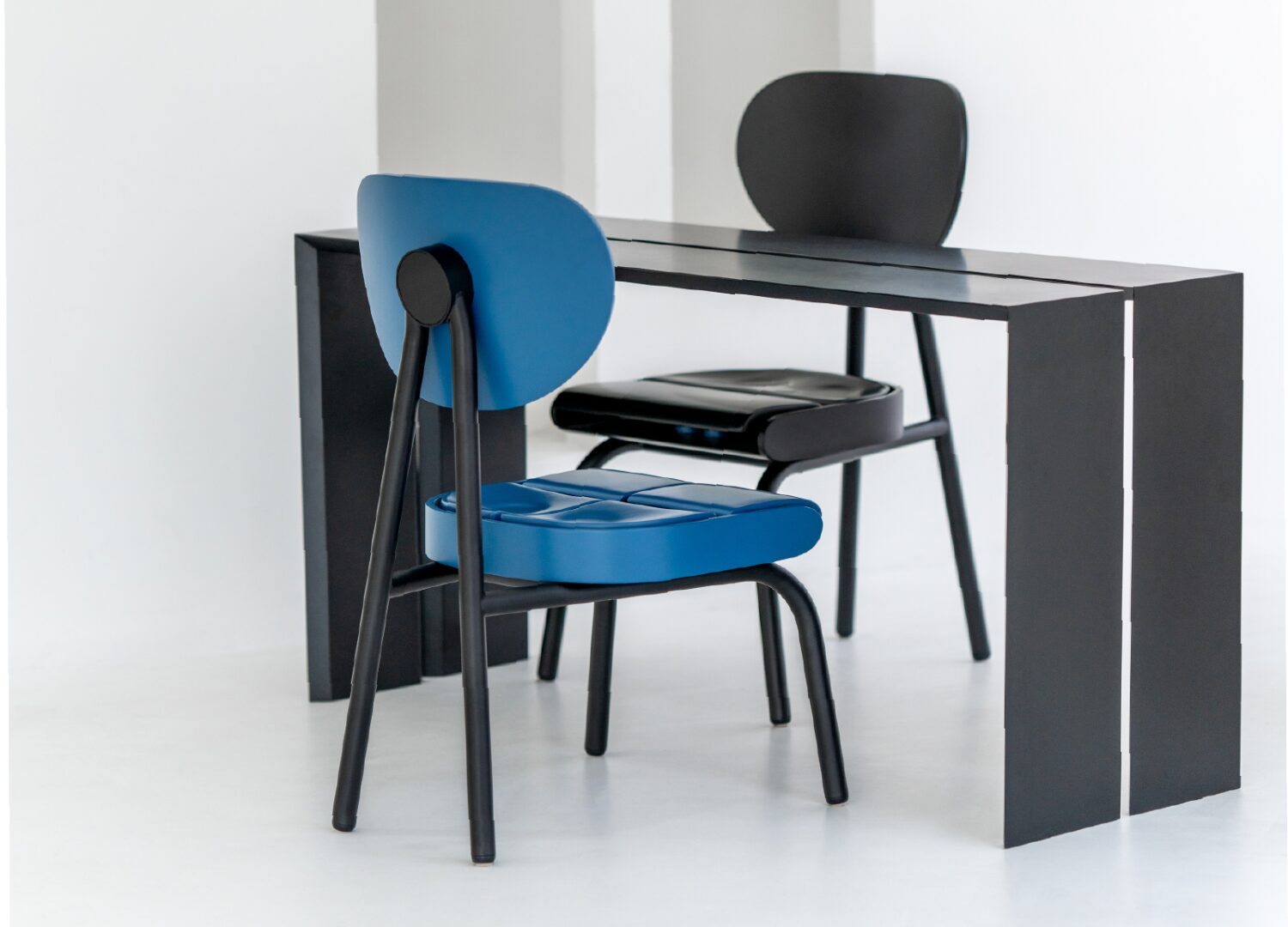
We are confident that our innovative solutions, including the aforementioned four-part seat and two-part backrest technologies, along with our data analysis patents, can significantly improve existing problems.”
Regarding materials, I notice that wood is primarily used. Why is this the case? How does the material choice affect the chair’s performance?
Chanwook Park:
“Wood as a material is profoundly intriguing. Its dynamic response to temperature and humidity, akin to a living organism, mirrors the human body. The varying density and hardness across different types of wood evoke the individuality of each person. Integrating advanced technology into wooden chairs presents significant challenges due to the substantial time and cost required to achieve diverse forms. Nevertheless, NOOGI embraced this challenge, aiming to incorporate human-like curves and movements into wooden chairs.
This innovation has allowed us to offer consumers a novel experience. Many people hesitated to sit on wooden seats, perceiving them as hard and uncomfortable. However, witnessing their astonishment when they experienced the cushion-like comfort firsthand has been immensely gratifying. Additionally, our tilting technology, which adapts to users’ movements, provides a sense of freedom for muscles and joints, enhancing their overall comfort.
Another compelling reason for choosing wood is its sustainability. My childhood experiences with wooden clarinets and bass guitars, which, unlike plastic or metal, produced richer sounds as they aged, inspired this choice. Similarly, NOOGI aims to express life’s journey through wood, capturing the essence of growth and maturity. Wood’s ability to be re-crafted into new forms underscores its sustainability, aligning with our commitment to environmental responsibility.

Rooted in this philosophy, NOOGI began with wooden chairs, offering users a blend of functionality and emotional resonance. By harmonizing the natural properties of wood with cutting-edge technology, NOOGI is creating products that transcend mere furniture, becoming companions through the journey of life.”
What is your opinion on the chairs currently available on the market? Why do you believe they don’t provide the same benefits as NOOGI?
Chanwook Park:
“In recent years, global interest in healthcare has significantly altered perceptions of chairs. Beyond mere seating tools, chairs are now recognized as crucial structures requiring complex designs that prioritize user safety and comfort. However, due to the diverse sitting postures influenced by individuals’ environments, lifestyles, and occupations, optimizing chairs ergonomically proves to be a challenging task. After extensive research, NOOGI has defined proper posture and developed specialized technologies to support it. These innovations aim to enhance posture through interactive chair-user dynamics and promote healthy lifestyles.
NOOGI anticipates fostering the ergonomic chair market through collaborations with various enterprises, striving not only for market competition and share but also for the establishment of a new market that encourages and promotes healthy living habits. By contributing to the promotion of healthy lifestyles, businesses can open new possibilities through high-tech integration with other industries. This effort is expected to lead positive social changes globally and play a significant role in building a better future.”

If you had to identify the ideal audience for your solution, who would it be?
Chanwook Park:
“British behavioral futurist William Higham has warned about “sitting diseases,” which can go beyond simple neck problems to trigger various adult diseases such as hypertension, myocardial infarction, and diabetes. This underscores the importance of maintaining a correct posture, particularly for individuals who spend extended periods sitting while working or studying. Professionals such as lawyers and other office workers who spend prolonged hours sitting are prime examples.
Furthermore, for those interested in wellness and pursuing healthy lifestyles, maintaining a proper posture is essential. While exercise and dietary habits are crucial, improving posture in daily routines significantly impacts the overall health. Given this background, products that facilitate posture improvement are necessary. They assist users in maintaining or enhancing their posture, thereby contributing to long-term health maintenance.”

What are the next steps for NOOGI?
Chanwook Park:
“The “Signature” chair provides superior comfort with a meticulously adjustable seat divided into 4 sections and backrest divided into 2 sections, tailored to individual body shapes. It incorporates precise posture analysis to assist users in maintaining accurate and healthy seating positions. Featuring an “Invisible design,” it appears conventional while internally facilitating continuous movements to encourage a proper posture.
This product includes personalized posture consulting services, empowering users to correct their posture at home. Utilizing exclusive data, NOOGI plans to integrate these advancements into future lines of ergonomic chairs, supported by AI technologies patented in Korea. NOOGI aims to enhance both personal and societal quality of life with these innovative designs and technologies.”





















